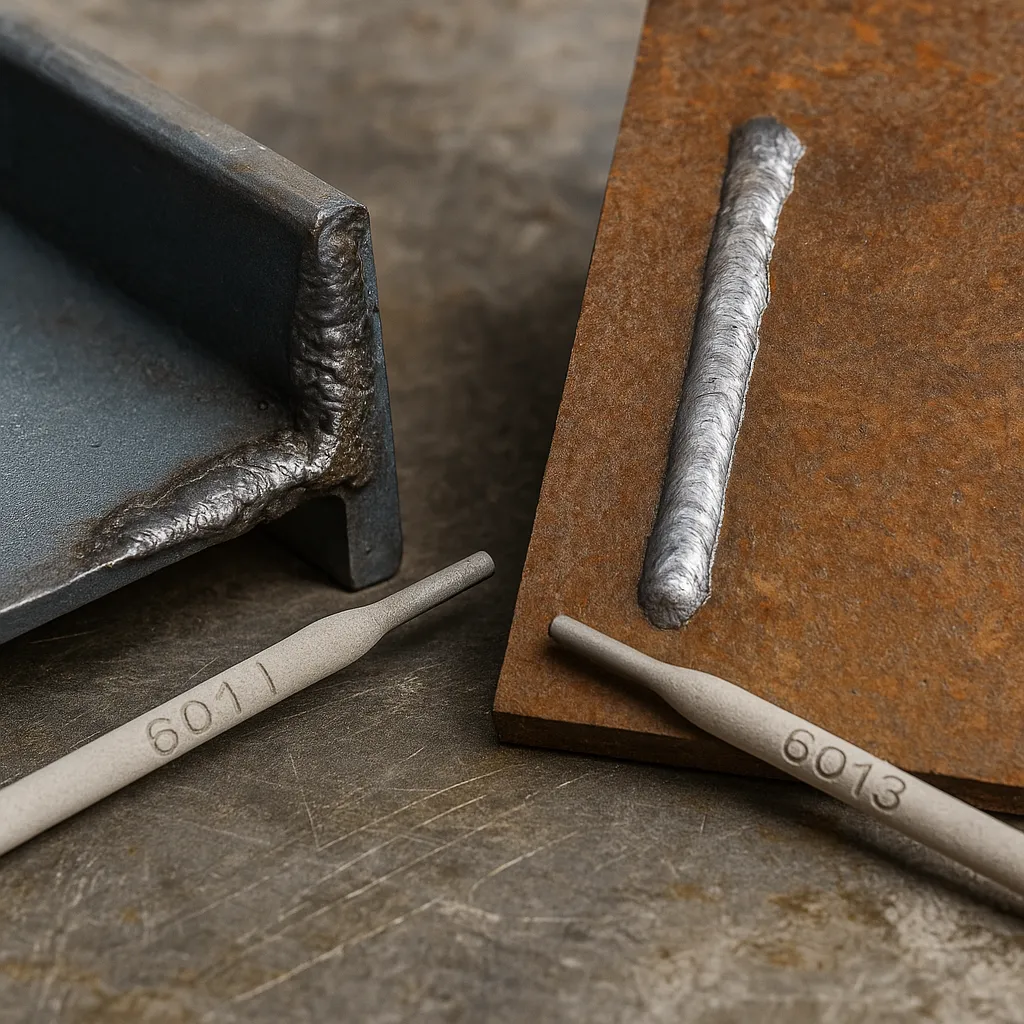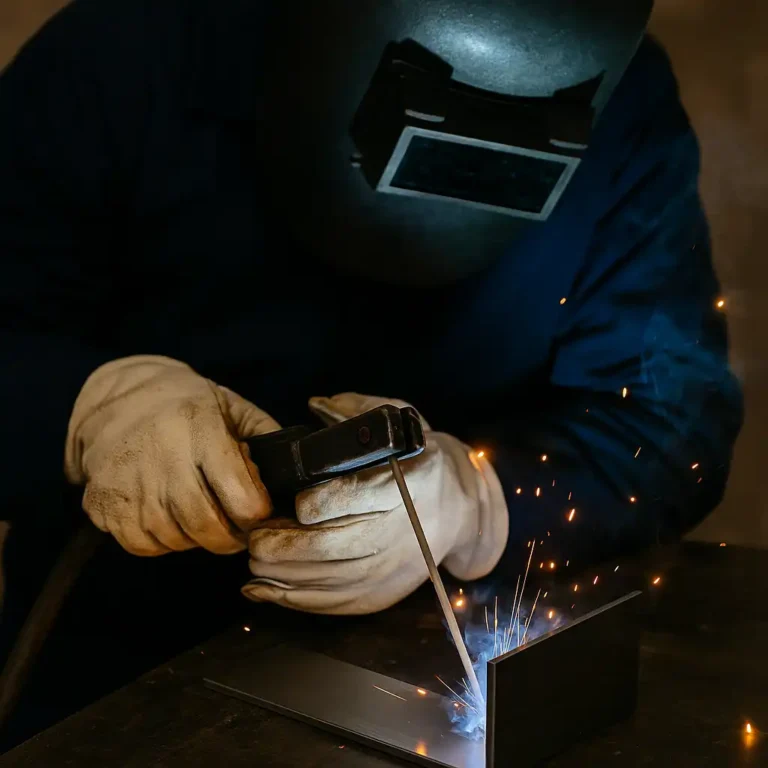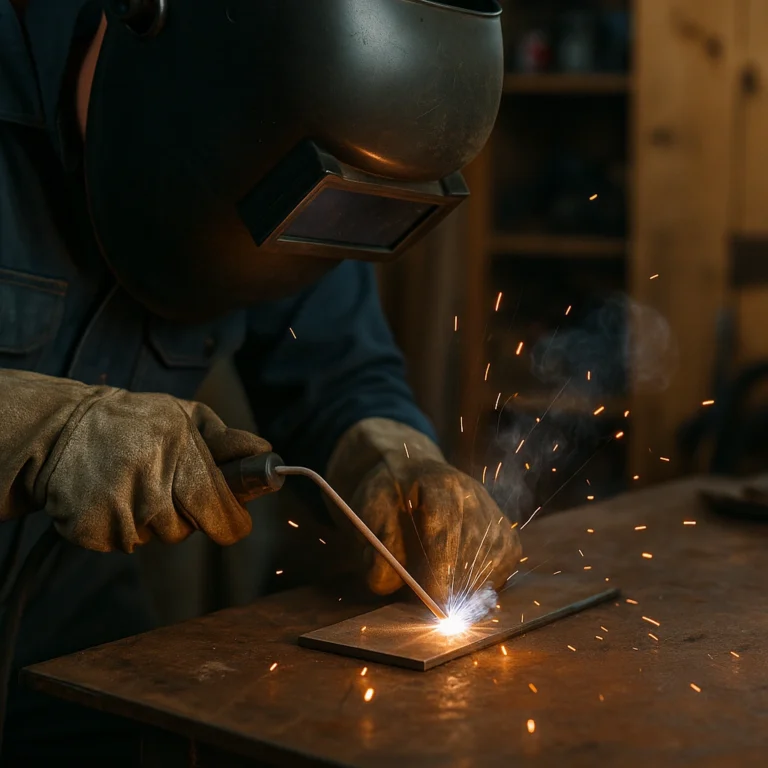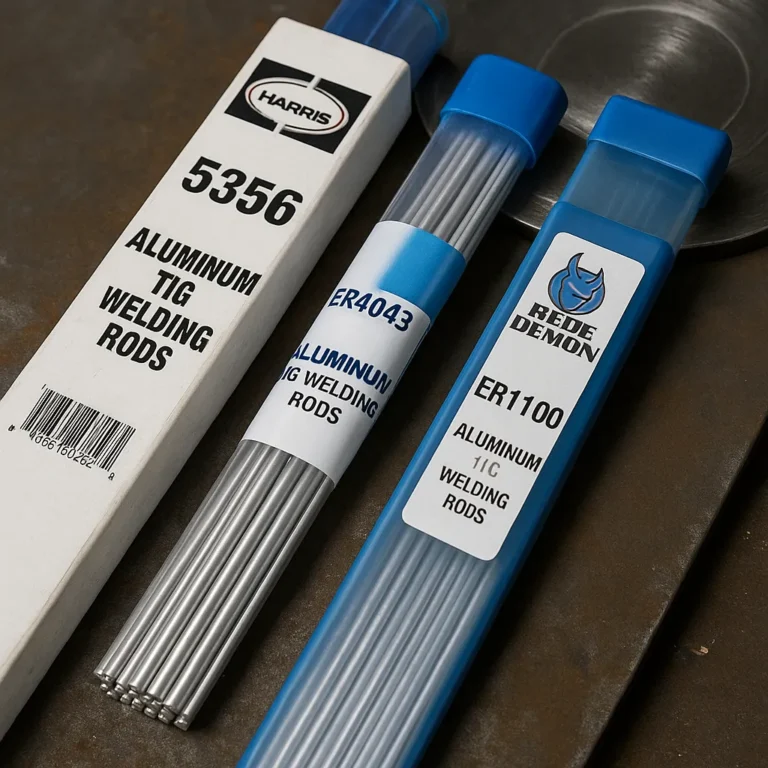Welding Rods 6011 vs 6013 for Different Welding Jobs

When you’re learning stick welding, you’ll quickly run into 6011 and 6013 rods. They’re two of the most common choices, but they behave very differently once you strike an arc. Choosing the right one can save you a lot of frustration, depending on what you’re welding and how much prep work you’re dealing with.
This guide breaks it down clearly, using welder feedback, real shop experience, and hands-on advice from the welding community.
6011 Rods for Dirty Metal and Tough Conditions
6011 rods are your go-to when the metal isn’t clean. They’re designed to cut through dirt, rust, paint, and other surface contamination that would trip up other rods. That deep penetration makes them perfect for field repairs and tough welding jobs where you can’t always prep the surface perfectly.
Here’s what welders consistently report about 6011:
- The arc is aggressive and bites right into the metal.
- Penetration is excellent — ideal for thicker or dirtier steel.
- Runs on both AC and DC.
- Cleanup takes more effort — expect spatter and heavier slag.
- Ideal for farm repairs, pipe welding, equipment fixes, and outdoor jobs.
If you’re patching up old trailers, fence posts, or farm equipment, 6011 will power through grime and corrosion. Just be ready to spend some extra time on cleanup afterward.
6013 Rods for Clean Metal and Smoother Beads
6013 rods are often the favorite for cleaner, smoother welds. They don’t penetrate as deeply as 6011, but if your metal is clean and prepped, they’re much easier to control and leave a better-looking weld.
Here’s why many beginners and hobby welders prefer 6013:
- The arc is soft, stable, and easier to control.
- Penetration is moderate — great for clean or thinner steel.
- Runs on both AC and DC machines.
- Slag removal is easy — much less chipping and grinding.
- Perfect for sheet metal, auto body repairs, hobby projects, and light fabrication.
If you’re welding in a garage or working on small projects with clean material, 6013 makes things smoother and less stressful. You’ll likely spend less time grinding and chipping compared to 6011.
Quick Comparison: 6011 vs 6013
| Feature | 6011 | 6013 |
|---|---|---|
| Penetration | Deep | Moderate |
| Weld Prep | Minimal | Needs clean metal |
| Arc Control | Aggressive | Softer, smoother |
| Cleanup | Heavy slag | Easy slag removal |
| Skill Level | Intermediate | Beginner-friendly |
| Best For | Farm repairs, dirty steel, outdoor welding | Sheet metal, auto body, hobby welding |
Check Price & Availability
View on Amazon – Forney 30301 E6011 Welding Rod 3/32-Inch (5-Pound)
View on Amazon – Hobart 770468 6013 Stick, 1/8-25 lbs
Conclusion
Both 6011 and 6013 rods have their place in any welder’s kit. 6011 is perfect for dirty, rusty, or thicker metal where cleanup isn’t an option. 6013 is great for clean steel, leaving smoother welds with minimal spatter and easy slag removal.
Having both gives you the flexibility to handle just about any repair, whether you’re fixing old farm gear or working on a weekend welding project at home.






